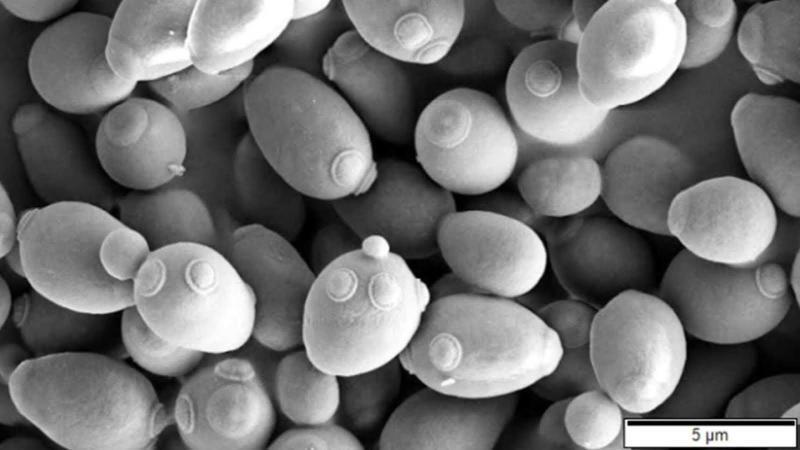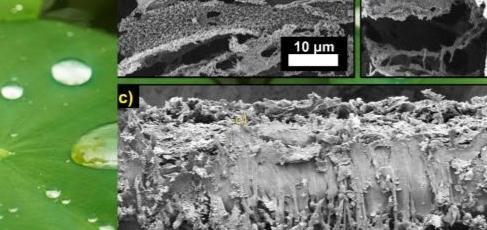
Survival of the 2-micron plasmid
In the world of molecular biology, the survival of certain organisms is often attributed to their adaptability and ability to evolve. However, the case of the 2-micron plasmid, a small, circular piece of DNA found in yeast, is particularly intriguing. This tiny piece of genetic material has evolved remarkable strategies to ensure its survival, making it a fascinating subject of study for scientists.
The 2-micron plasmid is a self-replicating DNA molecule that is approximately 6,000 base pairs in length. It is present in most strains of Saccharomyces cerevisiae, a species of yeast commonly used in baking and brewing. Despite its small size, the 2-micron plasmid has developed a unique mechanism to ensure its distribution during cell division, making it a successful hitchhiker.
The Hitchhiking Strategy
The 2-micron plasmid’s survival strategy revolves around its ability to attach itself to the host’s chromosomes. This attachment, known as integration, allows the plasmid to be passed on to daughter cells during cell division. In other words, the plasmid “hitches a ride” on the host’s chromosomes, ensuring its distribution and survival.
This clever strategy is made possible by the presence of specific sequences on the plasmid and the host’s chromosomes. The plasmid contains a region known as the origin of replication, which is responsible for initiating DNA replication. The host’s chromosomes, on the other hand, have specific binding sites for the plasmid’s origin of replication.
When the yeast cell is preparing for cell division, the plasmid’s origin of replication binds to the host’s chromosomes, allowing the plasmid to integrate into the host’s genome. This integration is a reversible process, meaning that the plasmid can be released from the host’s chromosomes and exist as an independent molecule.
Complications for Evolutionary Eradication
The 2-micron plasmid’s ability to integrate into the host’s chromosomes complicates evolutionary eradication. When a yeast cell is exposed to a selective pressure, such as antibiotics, the host cell may recognize and eliminate the plasmid to increase its chances of survival. However, the plasmid’s integration into the host’s chromosomes means that it is not considered foreign DNA by the host. As a result, the host fails to recognize the plasmid as a target for elimination.
This phenomenon is known as “horizontal gene transfer,” where genetic material is transmitted between organisms without sexual reproduction. In the case of the 2-micron plasmid, this transfer occurs through the integration of the plasmid into the host’s chromosomes.
Evolutionary Consequences
The survival of the 2-micron plasmid has significant evolutionary consequences. As the plasmid is passed on to daughter cells, it can introduce new genetic variation into the population. This variation can be beneficial or detrimental to the host, depending on the genetic information carried by the plasmid.
In some cases, the plasmid can introduce genes that confer antibiotic resistance to the host. This can have significant implications for the host’s ability to survive in environments where antibiotics are present. In other cases, the plasmid can introduce genes that are detrimental to the host, leading to reduced fitness or even extinction.
Conclusion
The 2-micron plasmid is a remarkable example of the adaptability and resilience of genetic material. Its ability to integrate into the host’s chromosomes and ensure its distribution during cell division has allowed it to survive and thrive in yeast populations. As scientists, we can learn from the plasmid’s strategies and apply this knowledge to our understanding of evolutionary processes.
The survival of the 2-micron plasmid also highlights the importance of considering horizontal gene transfer in evolutionary models. As we continue to explore the complexities of molecular biology, it is essential to recognize the role that small, circular pieces of DNA like the 2-micron plasmid can play in shaping the evolution of organisms.
Source:
https://researchmatters.in/news/hitchhiking-dna-how-tiny-circular-piece-dna-tricks-yeast-survival






